Editor's note: Chef Christophe Pelee finished at Le Clarence in August 2025.
Le Clarence is near the Champs Elysee, and opened in December 2015. Its princely owner also has Chateau Haut Brion in his portfolio, so as you may expect, the wine list is interesting. The head chef is Christophe Pelé, who was previously head chef of former two-Michelin star Le Bigarade in Paris (this closed in 2012). Mr Pelé has worked in several top kitchens including Ledoyen, Pierre Gagnaire and Le Bristol. Le Clarence was awarded two Michelin stars in the 2016 guide, just a couple of months after its opening.
The wine list was substantial, with 767 regular bottles listed and many oversized bottles too. The list ranged in price from €40 to €15,500, with a median price of €220 and an average markup to retail price of 2.7 times, which is pretty fair by the standards of Paris, let alone at a two-star Michelin restaurant. The list was 98% French, but there were a few Italian and Spanish wines, as well as some port. Although the list was clearly tilted towards the luxury end of the market, fully 26% of the bottles were priced below €100. Almost half the list was over €250, so there were choices to suit most pockets. Not surprisingly, given the ownership of the restaurant, there were plenty of long flights of Haut Brion wines, with somewhat eccentric pricing at times. The Château La Tour Haut-Brion 1982 was €500 compared to its current market value of €694, but some other vintages were priced at many times their market price. There are some relative bargains if you do your research; I found 38 wines below their current retail market price when I analysed the list, for example Marchesi Antinori Bolgheri Superior Guado al Tasso 2014 was listed at €60 compared it its retail price of €110. Similarly, Jacques Selosse Largilier was €285 for a wine whose current market value was €428.
Le Clarence is set in an elegant townhouse in central Paris, the dining area split across a few small wood-panelled and well-appointed rooms with generously spaced tables, with a particularly beautiful lounge area one flight of stairs up. The menu format is a surprise tasting menu, but you can select the number of courses. Three courses were priced at €130, five course at €190 and seven course at €320. At lunch the format was similar, with three courses priced at €90, four courses at €130 or six courses at €190.
The meal began with a trio of trio of canapés. Whelk with tartare sauce is a curious way to begin a meal, given the notoriously chewy qualities of whelk. The tartare sauce with it was good, but the whelk inevitably required a little knawing. Comte gougeres were on safer ground as a canapé but were not the best gougeres I have tasted by quite some way. They were cold rather than warm from the oven, and the texture of the choux pastry was a touch flabby. What was described as a barbajuan was not the Mediterranean classic dish of pastry with Swiss chard and ricotta but rather a hollow shell with a touch of pepperiness, which was not unpleasant but also had a slightly soggy texture. It seemed entirely different to the classical barbajuan that I had last time I was here, so perhaps the waiter simply misnamed it (canapés 14/20). After this start, the brioche was a big relief, as it was superb, with glorious light texture and was a buttery delight (easily 19/20). The other breads encountered in the meal were also top notch.
The first formal course was langoustine tartare on a base of fried mochi, a Japanese rice cake made from glutinous Japonica rice. This was topped with a sliver of green zebra tomato and a sauce of green pepper. This was enjoyable, the sauce in particular being nicely judged, the texture of the rice cake nicely contrasting with the shellfish tartare, which had good natural sweetness (17/20).
This was followed by red mullet in two different styles. First was red mullet gratinee resting in a lovely gazpacho with parsley butter and a little feta. Red mullet was also served grilled with confit orange, spaghetti of potato and lardo de colonnata. Finally, there were raw red prawns with ginger and cornflower. The mullet itself was high quality, completely avoiding the muddiness that often afflicts this fish. The gazpacho had real depth of flavour and the potato and lardo combined well. I was less taken with the raw prawns, which were fine but seemed like a somewhat superfluous element within the dish (17/20). Next were tiny clams topped with a sliver of chorizo. The clams themselves were tender and the chorizo was good, but ultimately how exciting can a few clams and a slice chorizo ever be? Barely 15/20 for these.
This was followed by fillet of turbot from a mid-sized 4kg fish, with grilled corn, nori seaweed, pepper and pilpil sauce, a Basque emulsion of the gelatine of the cooking juices combined with olive. The fish was accurately cooked and the sauce was well seasoned, the texture combination working nicely. This was accompanied by a “risotto” of barley coloured with squid ink with poached oyster, cabbage ravioli and turbot with pistachio cream. The barley worked really well as a rice substitute and the cabbage was an interesting and effective combination with the fish (18/20).
This was followed by John Dory on a base of veal offal with anchovies, Trevino radicchio and fried dauphine potatoes flavoured with cumin on the side. Further dish elements were fried cep (just in season now) with haddock, foie gras and mustard. This sounds a really odd combination but actually worked beautifully. Also impressive was aubergine with anchovy sauce, caviar and egg yolk, which again seemed like a recipe for disaster but in fact was extraordinarily good, the aubergine remarkable and combining beautifully with the briny caviar and the rich egg yolk. The final savoury element was a combination of calf sweetbread and prawns with a prawn flavoured béarnaise sauce. This was top notch, the sweetbreads lovely and the classic bearnaise sauce impeccably executed (19/20).
We skipped an attractive looking cheese board and went straight to dessert. This had several elements. There was lemon cream with hibiscus jelly and pomegranate. Alongside was a glass containing granita of passion fruit and mango, cream of vanilla and caramel, a little Paris Brest flavoured with pistachios, a waffle with buckwheat honey and a chocolate tartlet made with dark chocolate from Sao Tome et Principe, tasting a little of apricots and a hint of citrus. These different elements were all skilfully made, the waffle having gorgeous texture and the various flavours coming through strongly (18/20).
Service was excellent and attentive, if not particularly chatty. I was being taken here by a client so did not see the bill, but if you went for the three-course dinner menu shared a modest bottle of wine then a typical cost per person might be around €190 (£165) per head. Overall this meal was less consistent than my previous one here, which was a pity, though there were some fine dishes, and the overall experience was very enjoyable. It transpires that the long-time Clarence senior sous chef, Giuliano Sperandino, had recently moved to become head chef of Taillevent, and this change of personnel may account for the difference in standard between this meal and my previous one here.
Further reviews: 20th Feb 2019
































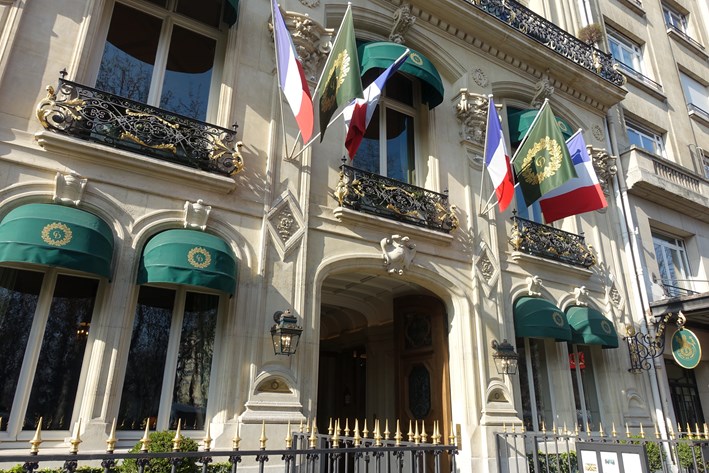

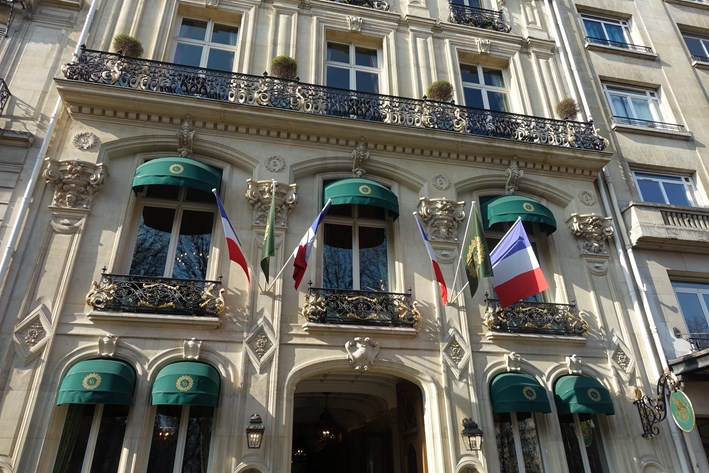
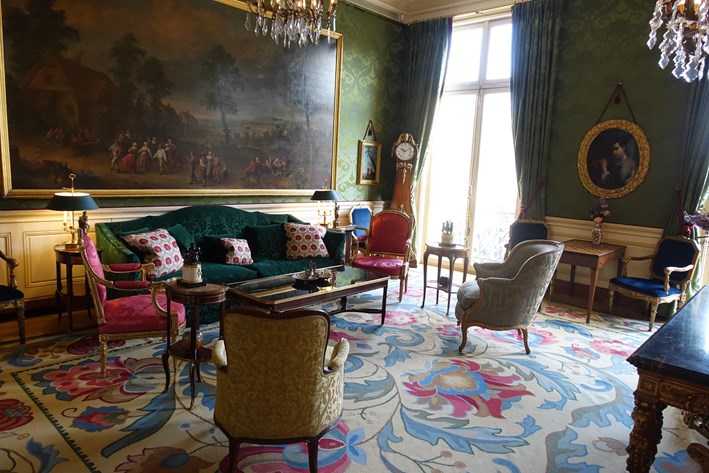
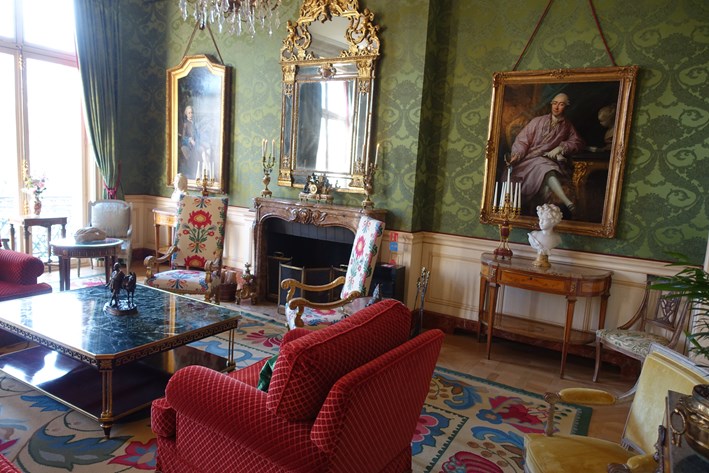
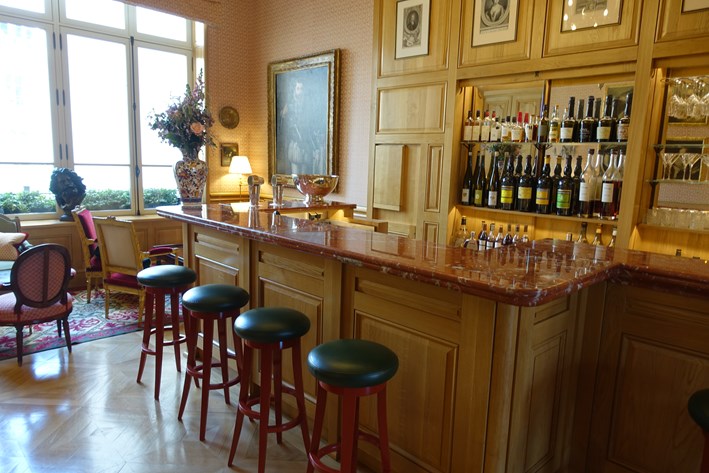
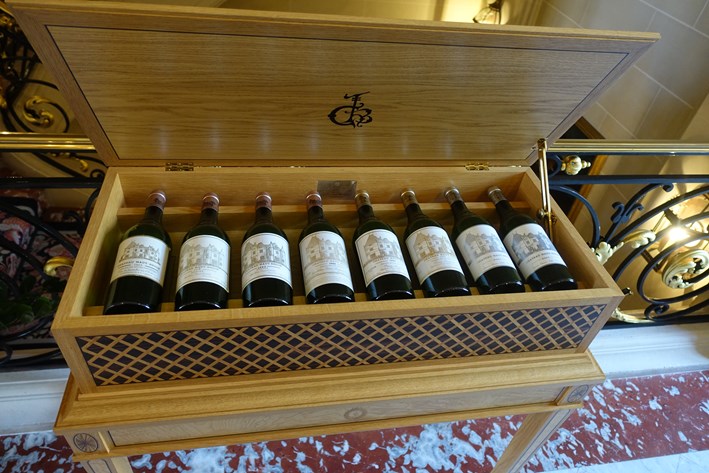
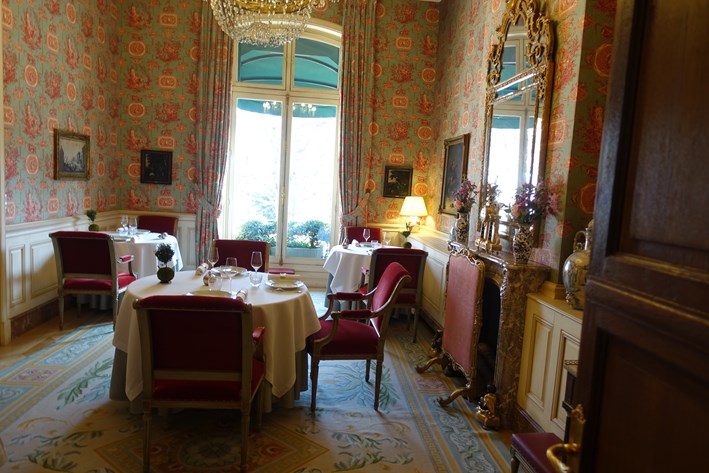
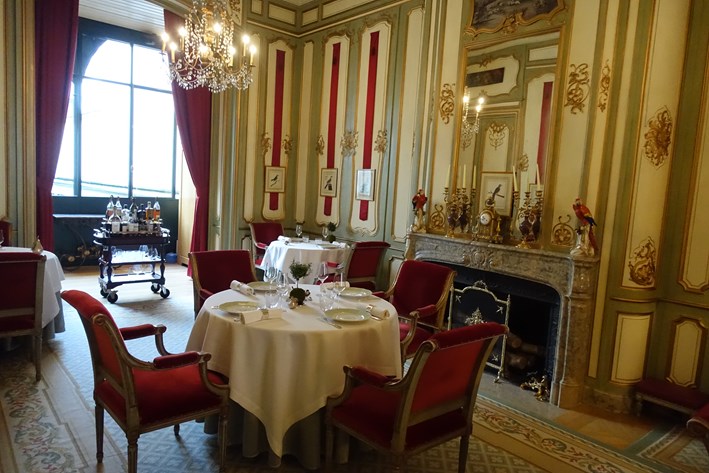
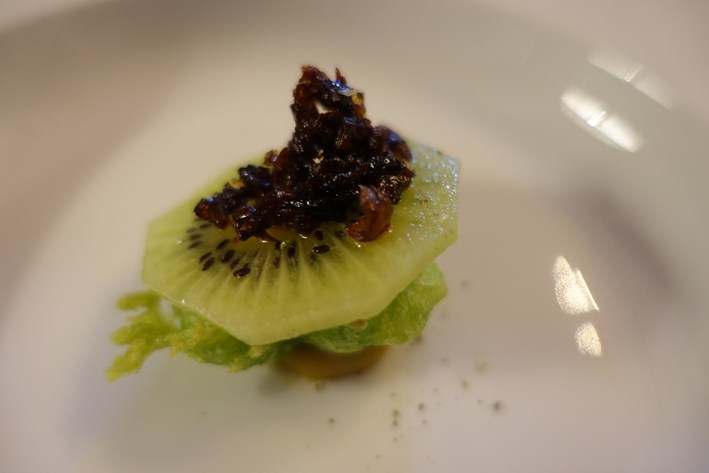
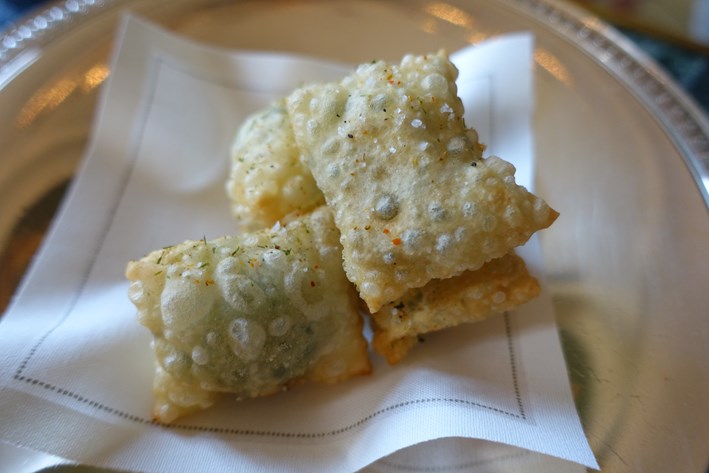

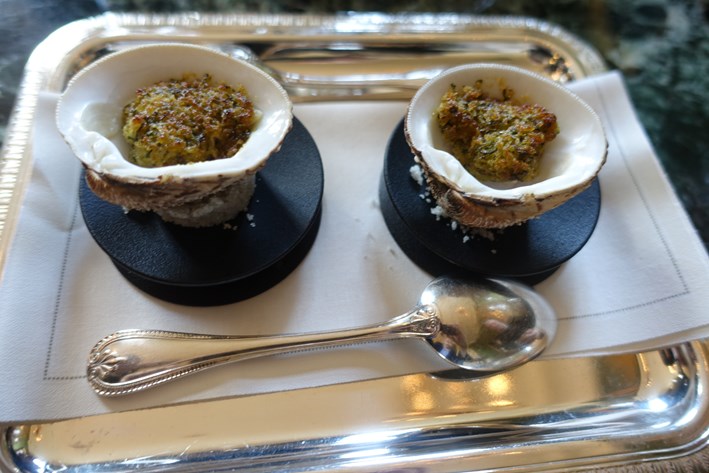
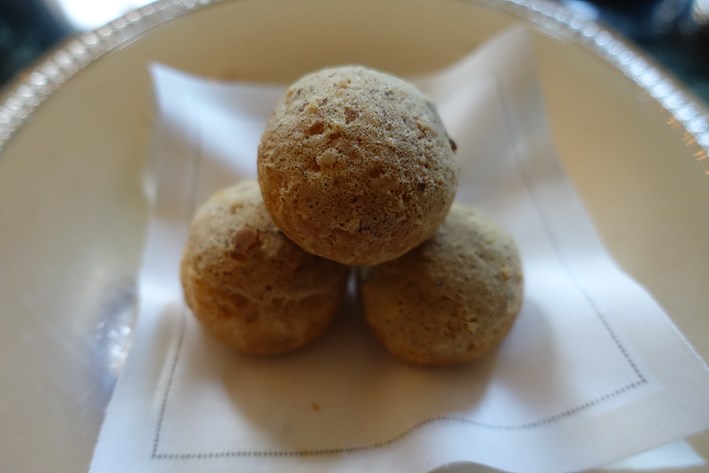


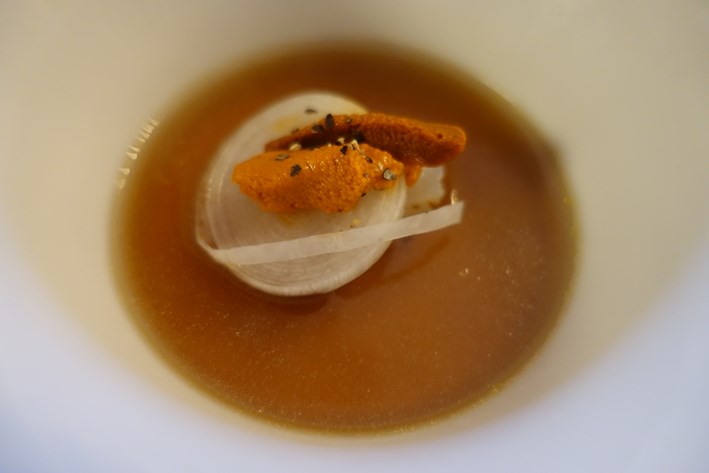
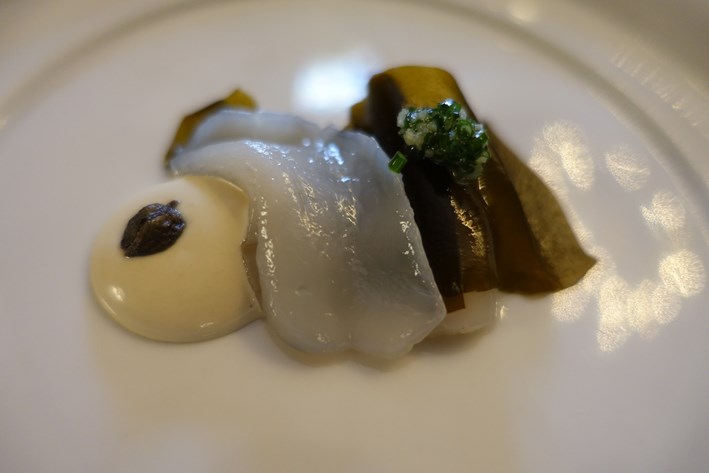
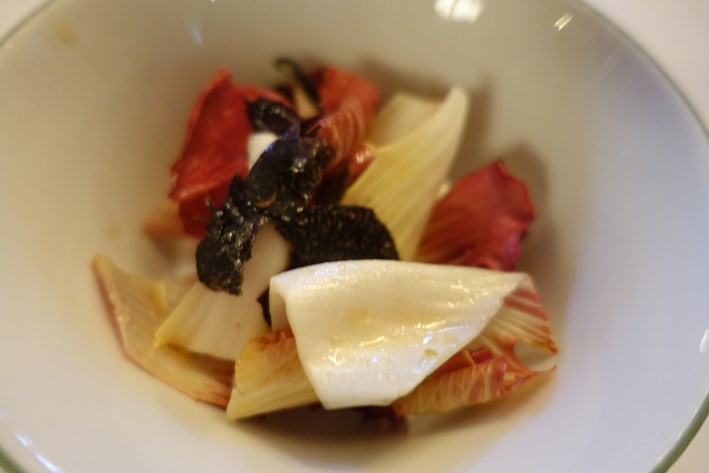
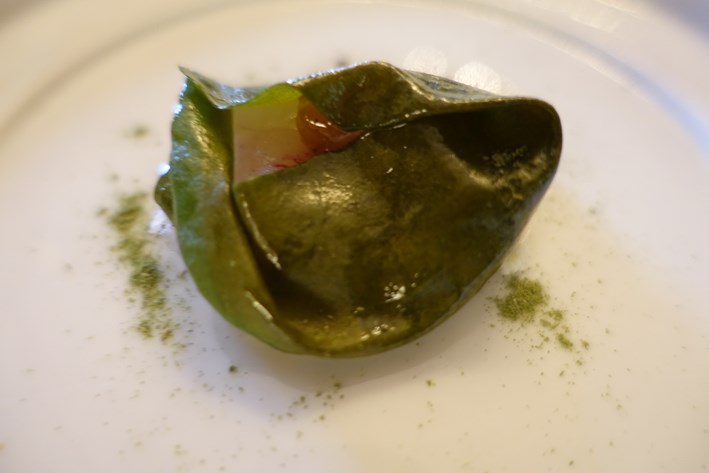
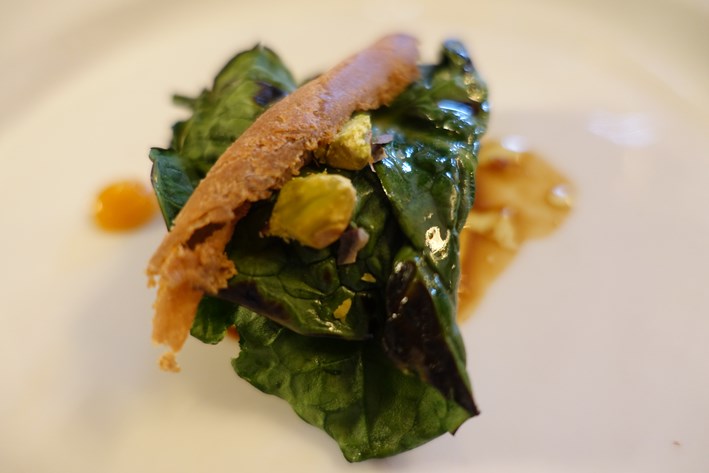
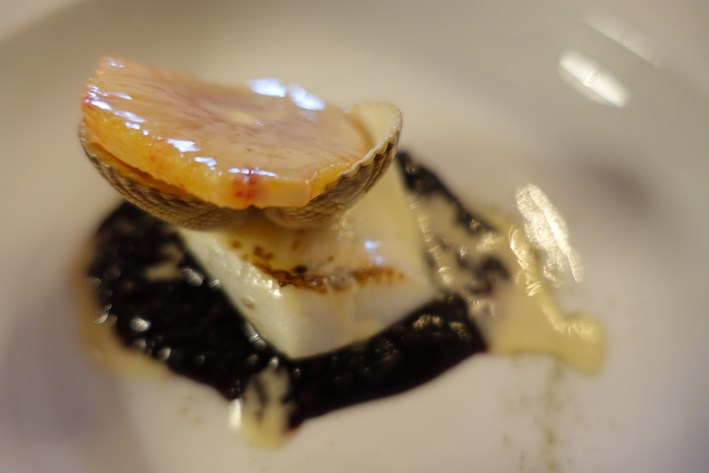
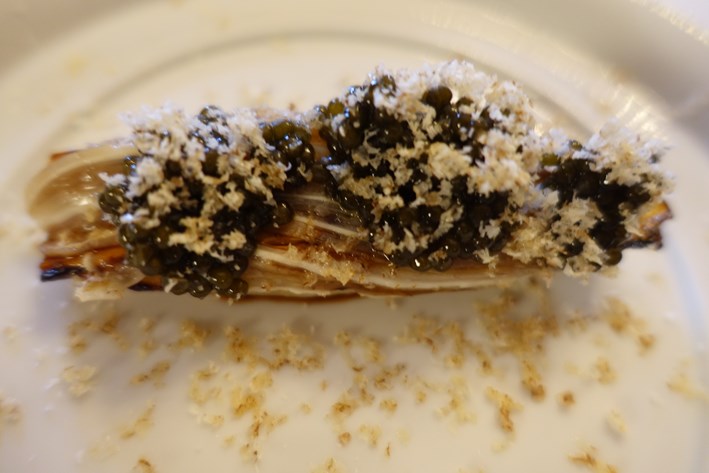
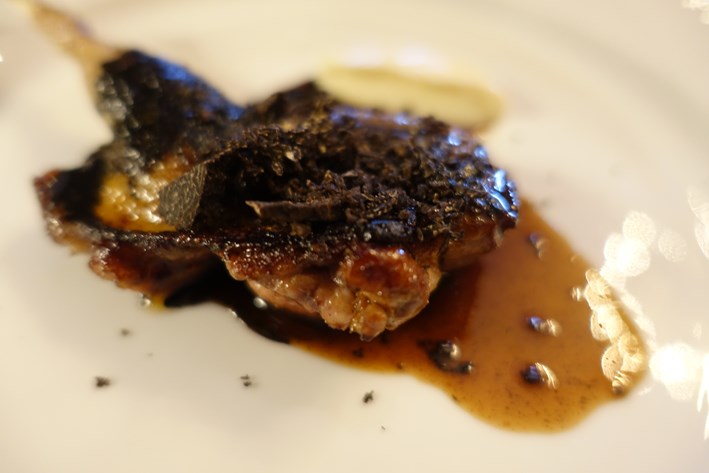
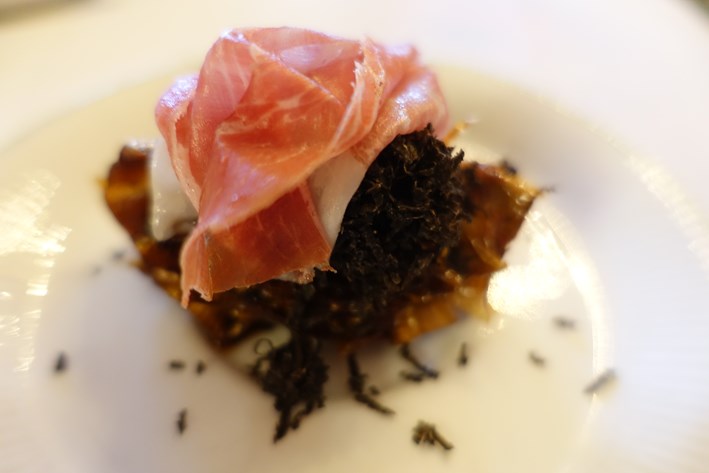
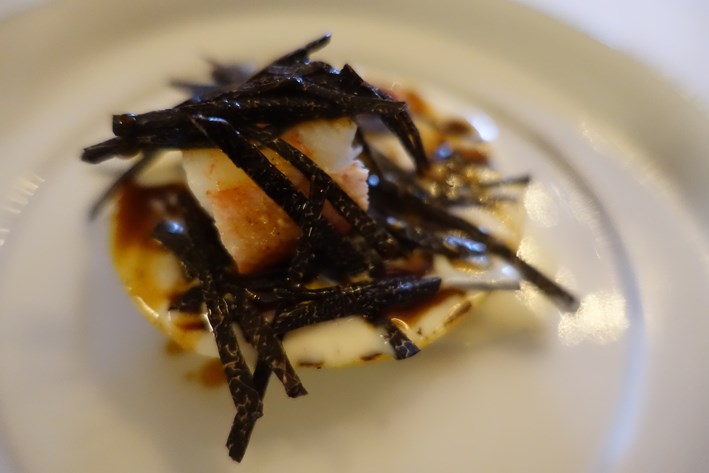


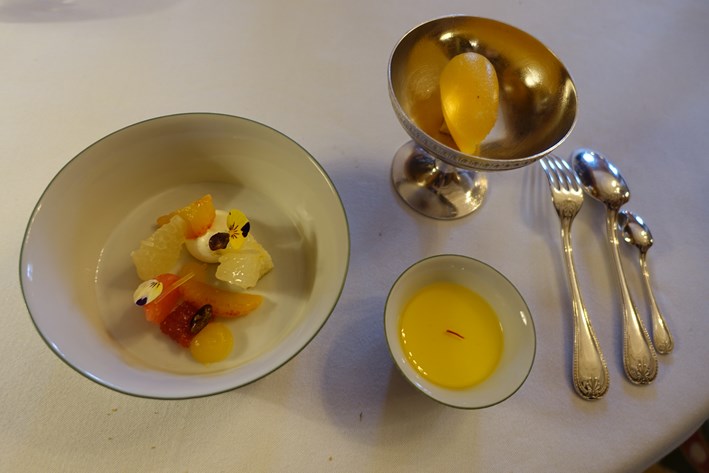
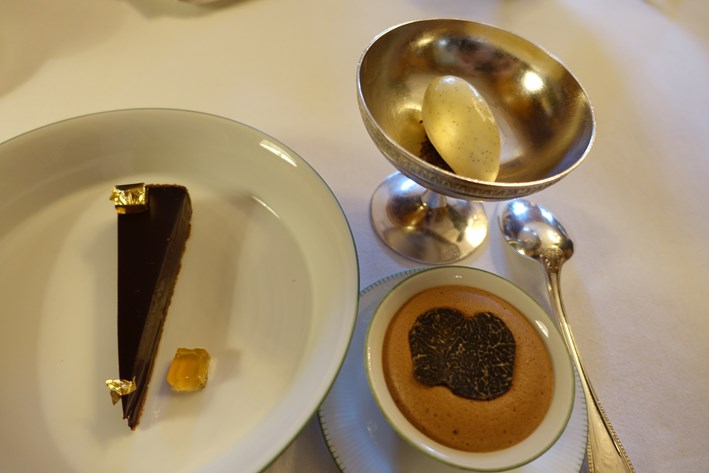
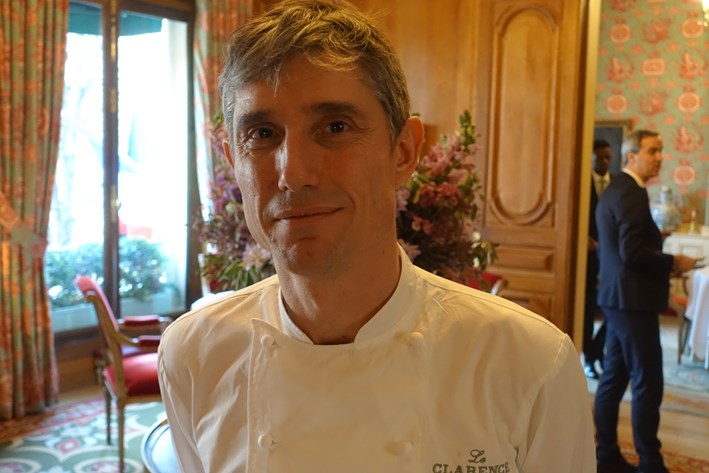

Merlin Guggenheim
Dear Mr. Hayler Either you were there on an off day or they paid close attention tomyour review. The gougères were warm and the welk was omitted from the nibbles we had on October 13th, 2021. All in all, although the chorizo course still figured on the menu, our dinner was very good, a solid 19/20 experience in all, with the food ranging between very good to excellent, Some dishes stood out, among them a threefold variation of rouget, a meat pithiviers and some of the deserts. Worth another visit!
Pdore
We went here in 2019 partially based on your review & had a fantastic meal. Nice to see them on the new World's Best list at #84.